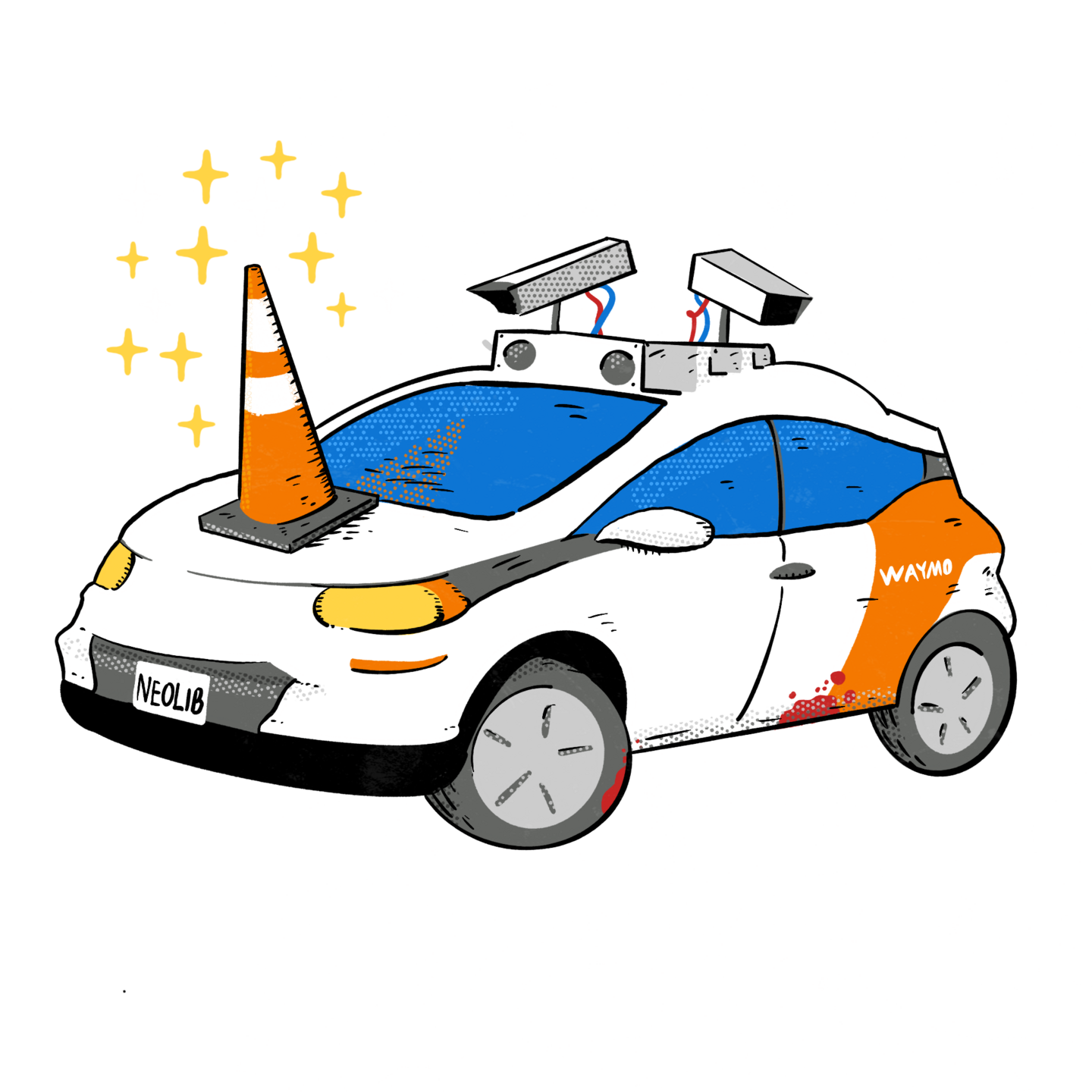
Bloomberg – Tesla Robotaxi Revenue Is Likely Years Away, JPMorgan Warns
Bloomberg reports that JP Morgan has told clients that for Tesla's alleged robotaxi service that there is no material revenue generation expected for years. The article also points out that Elon Musk's self-driving predictions have never panned out. This all further shows that Musk's robotaxi claims are just a distraction to falsely prop up Tesla stock price during declining sales.














